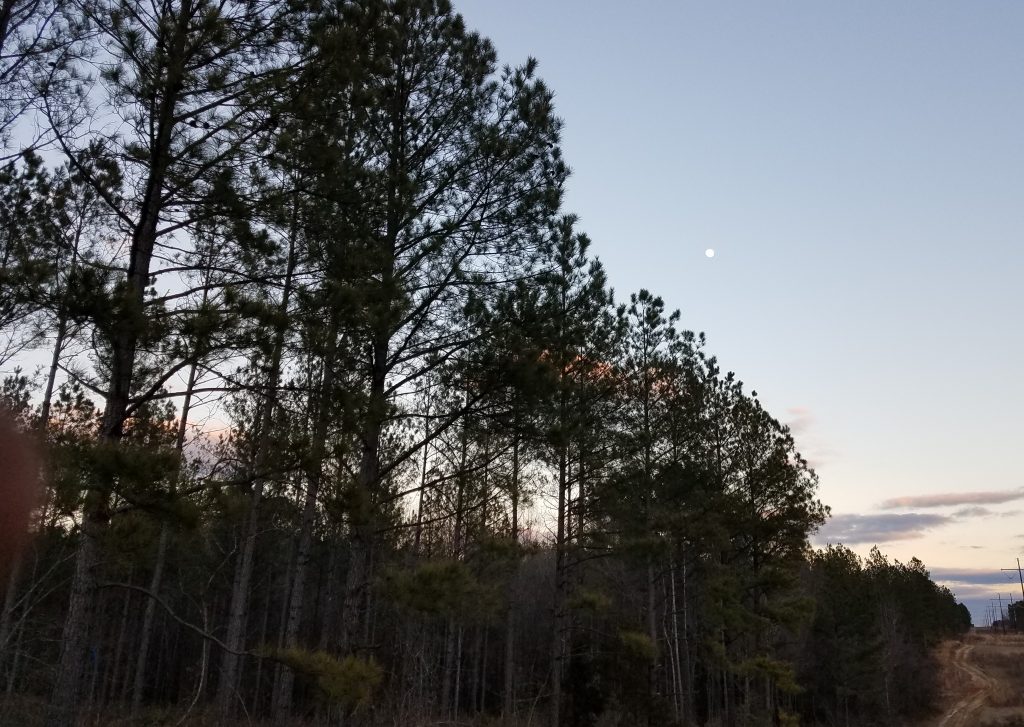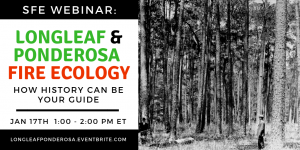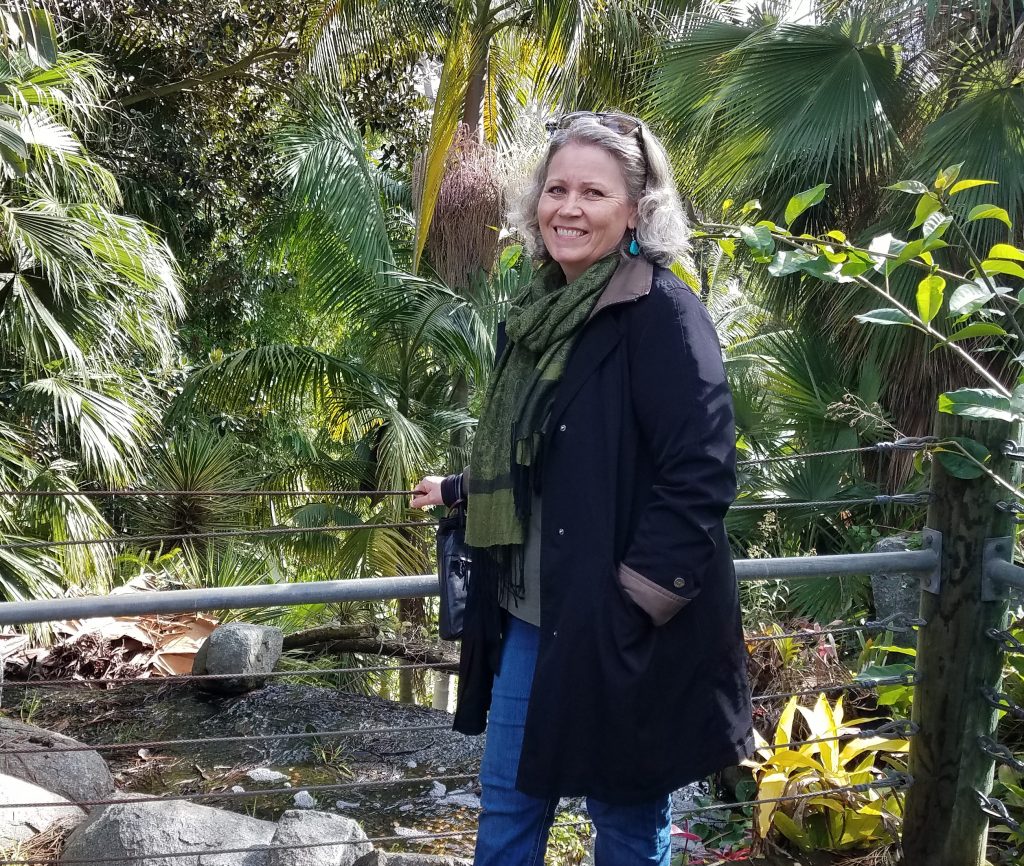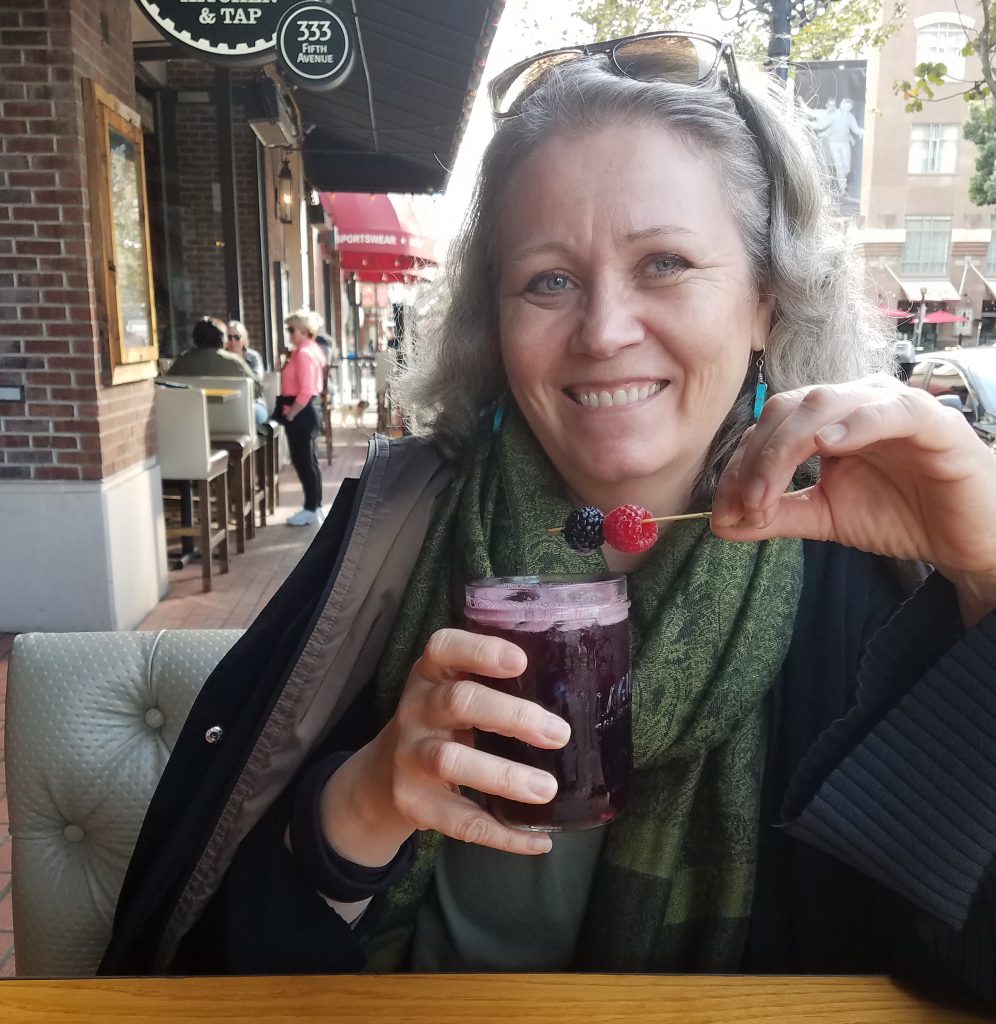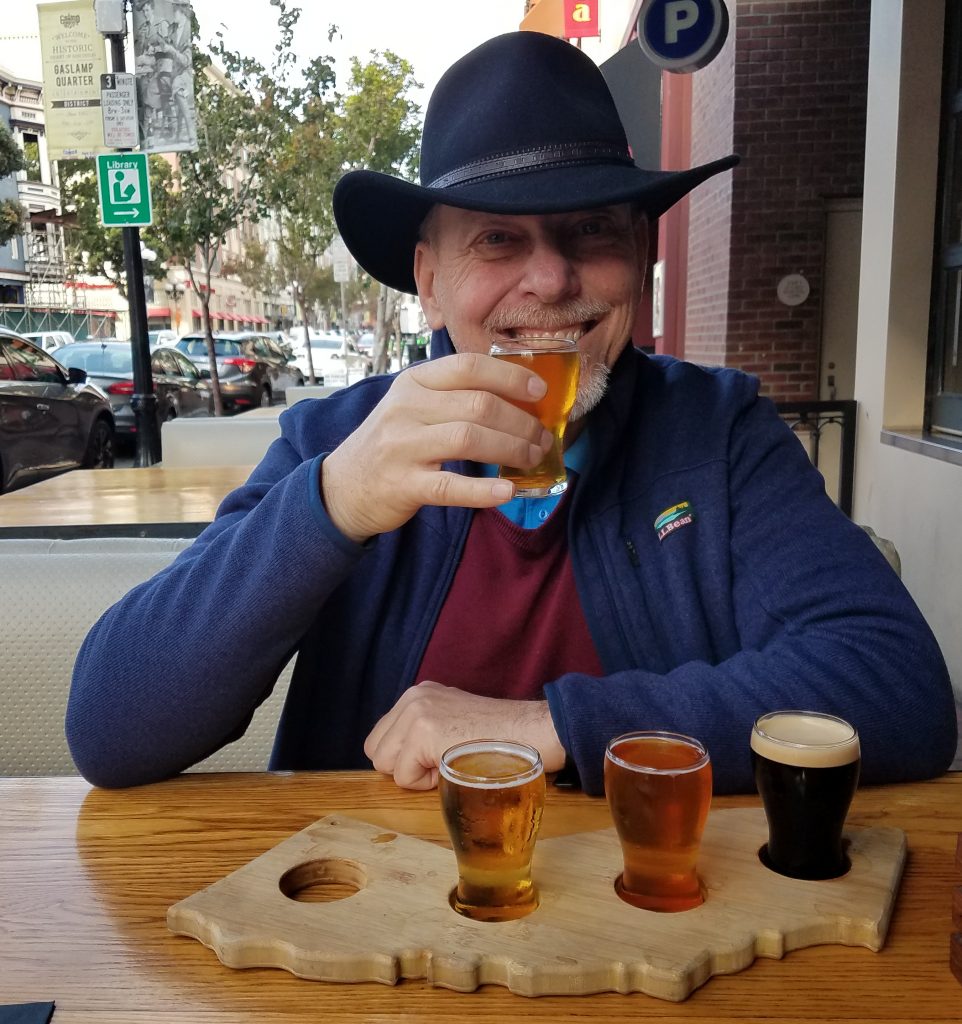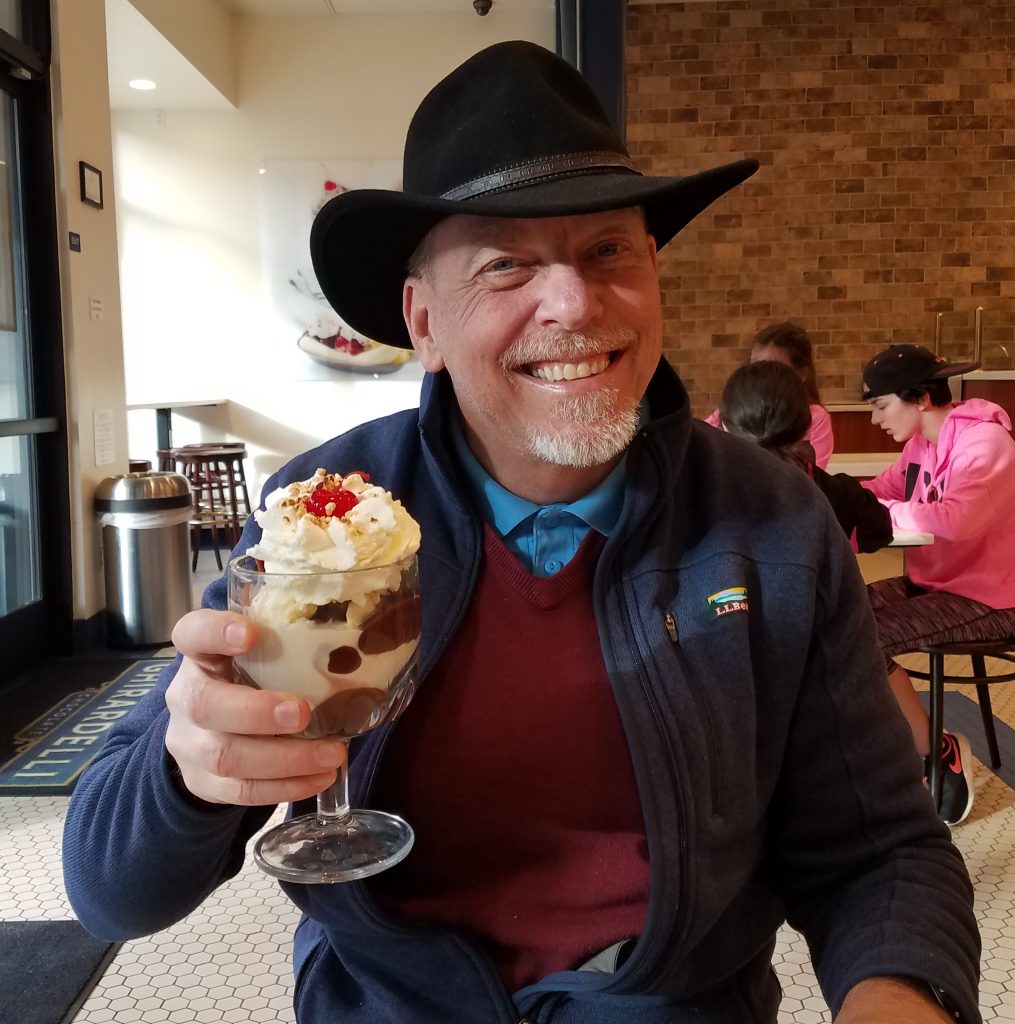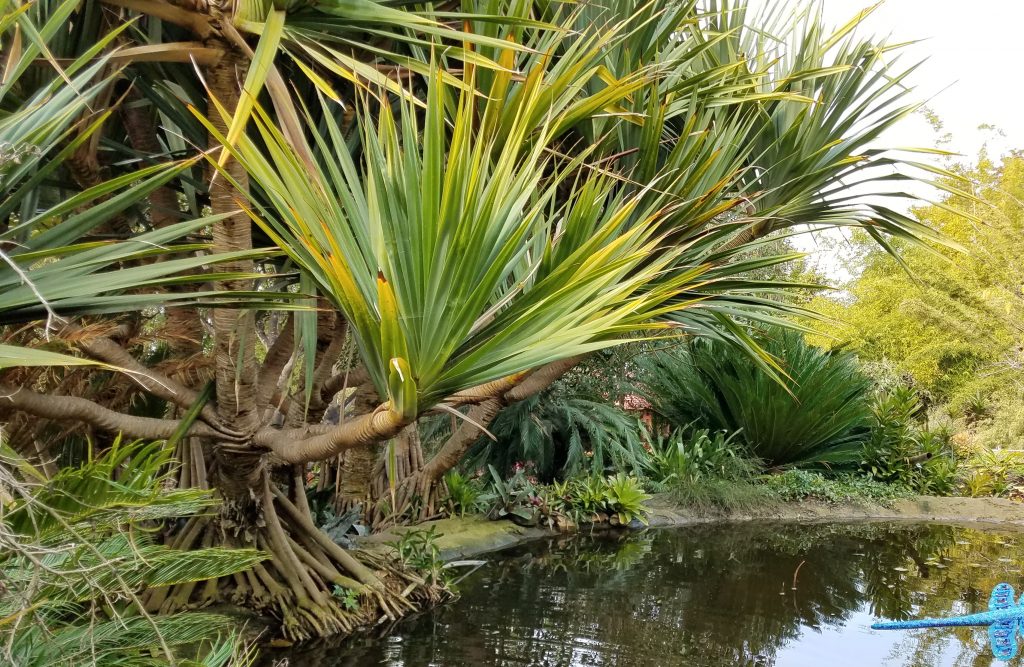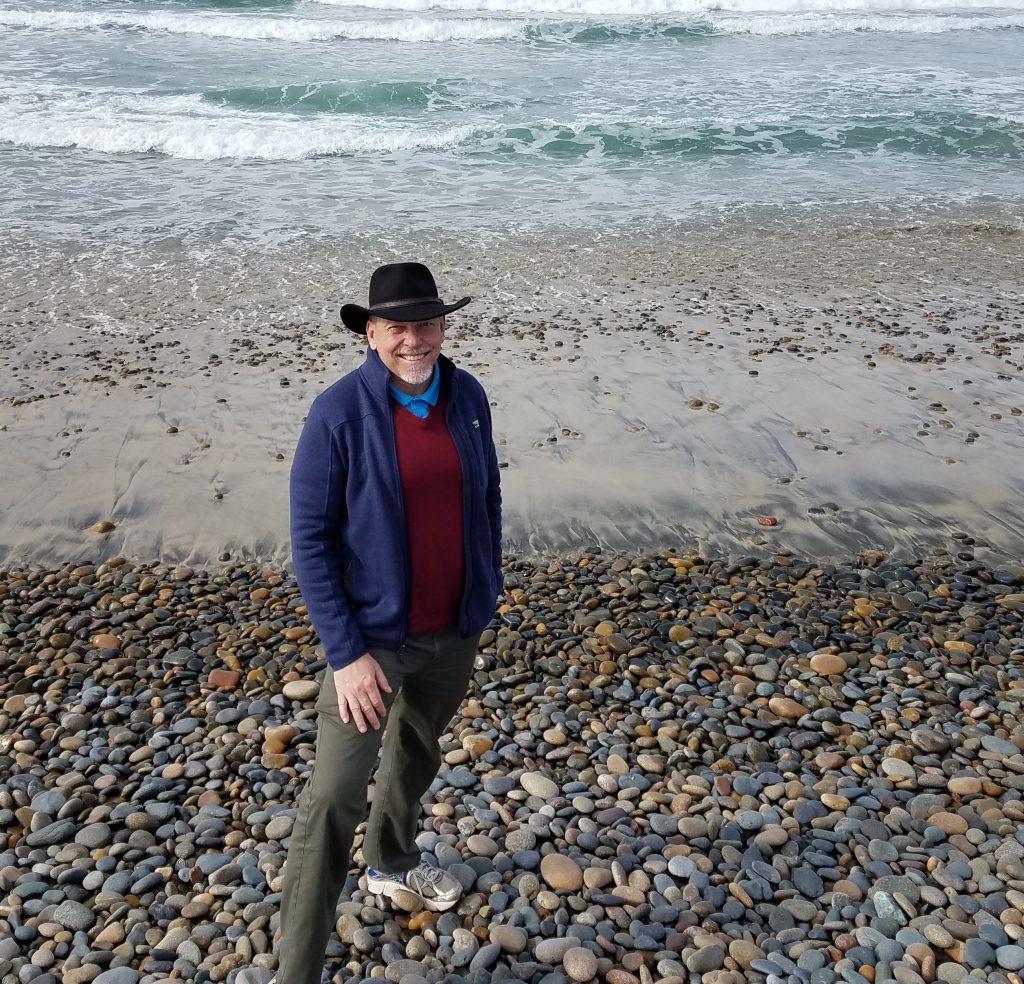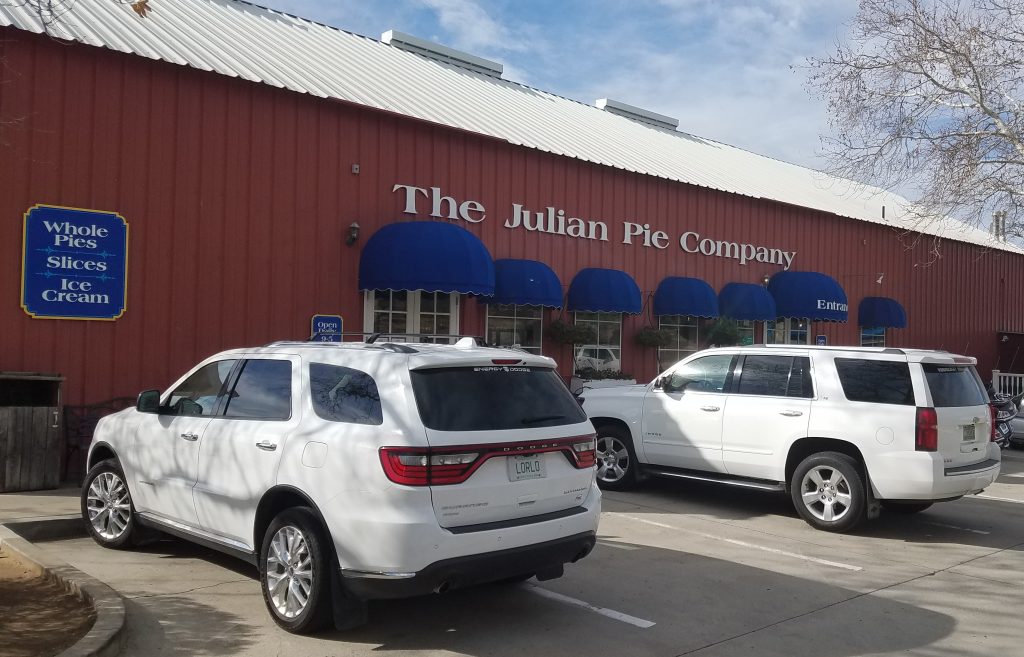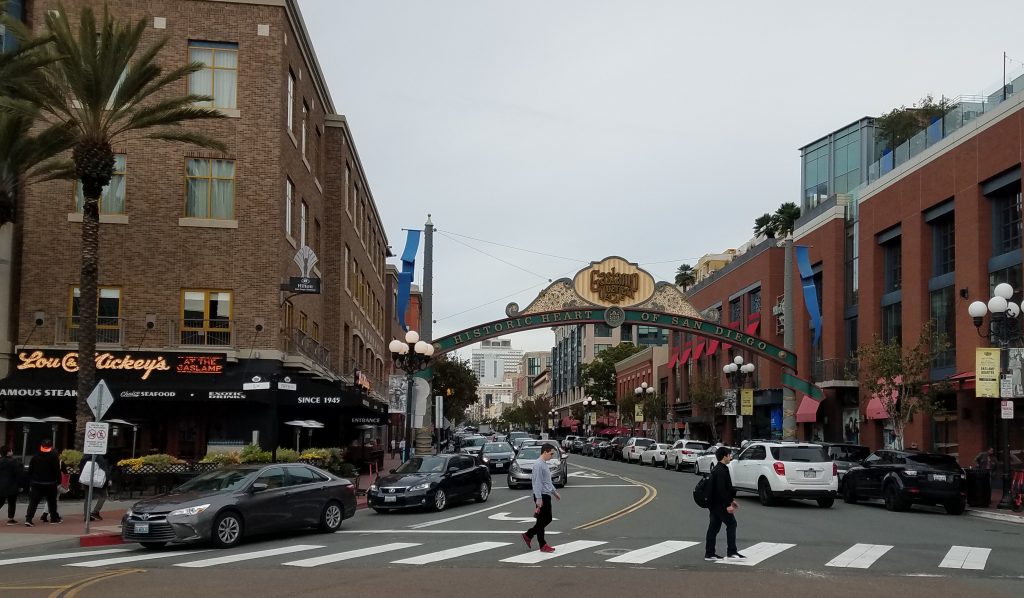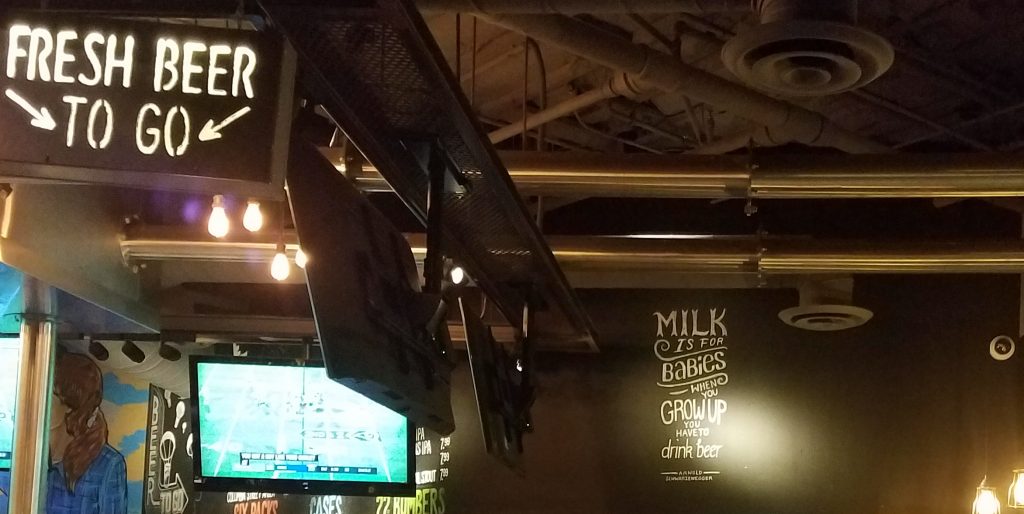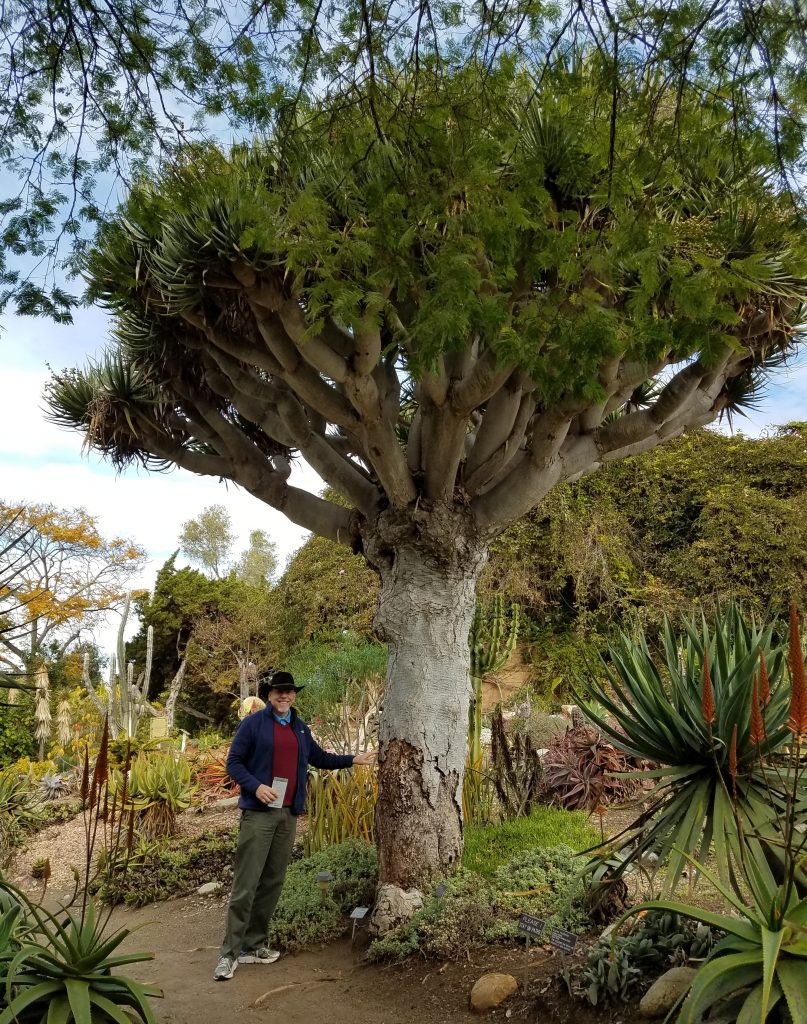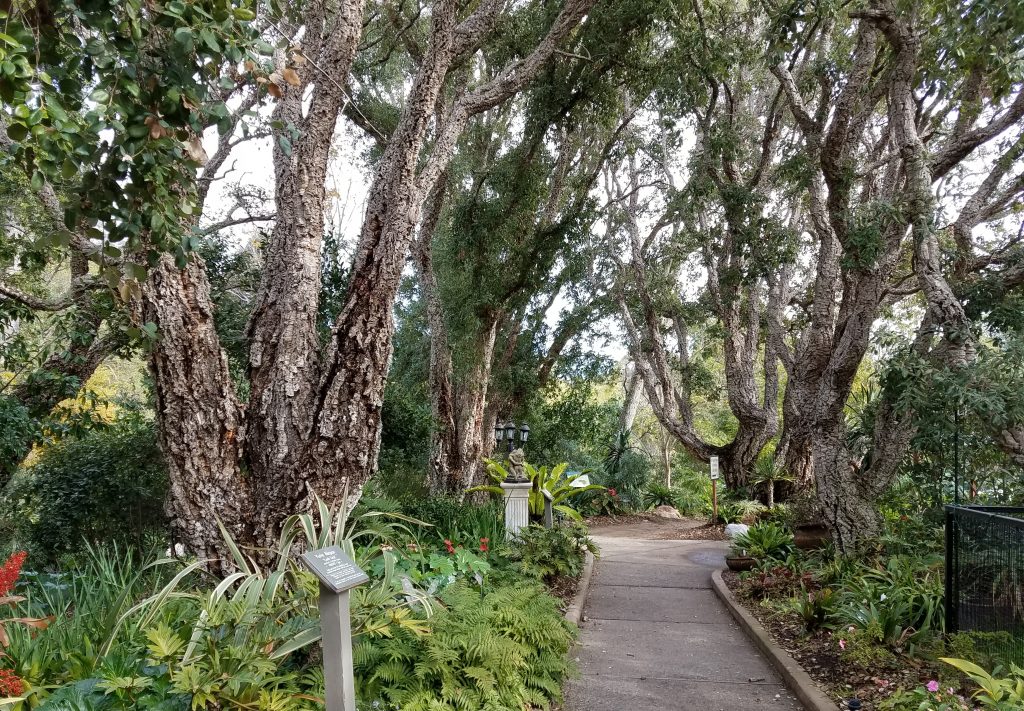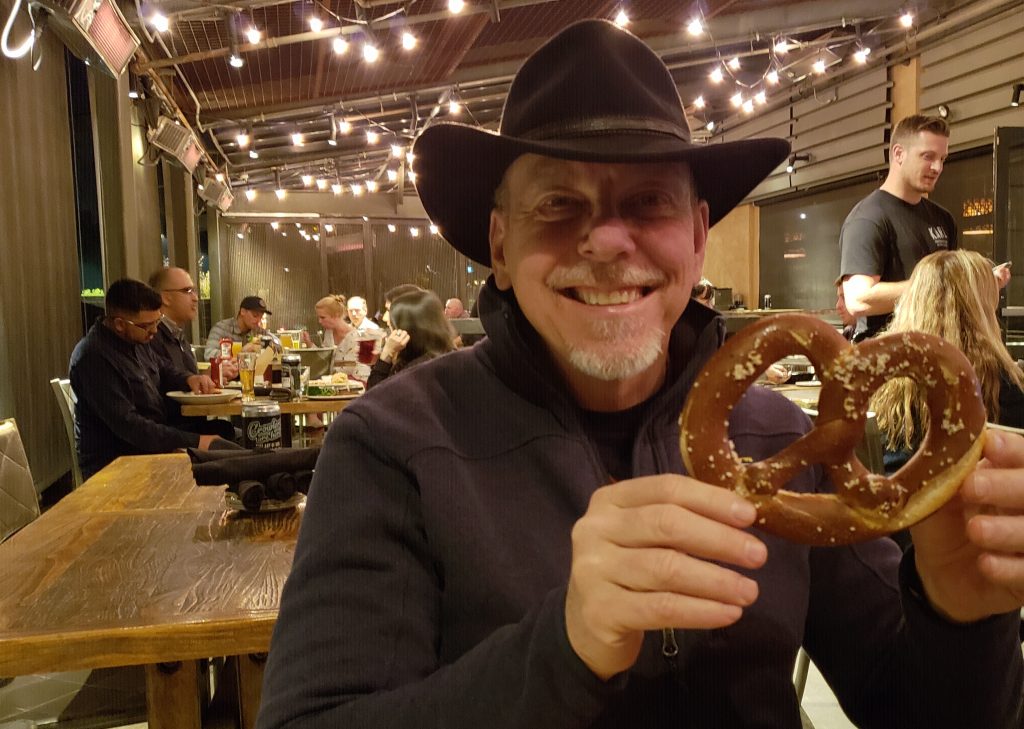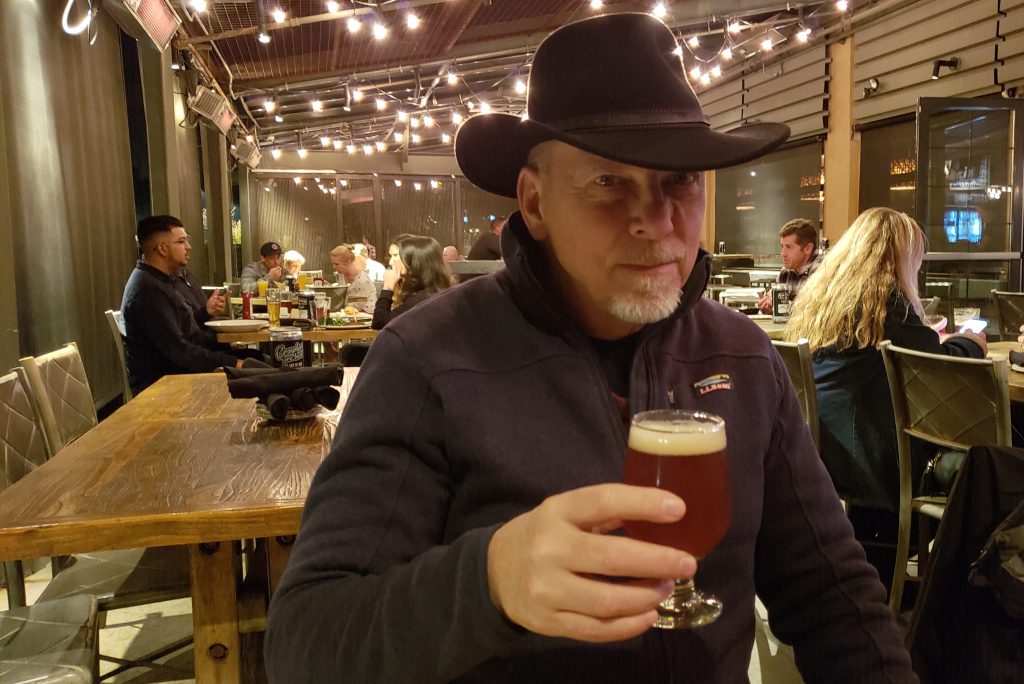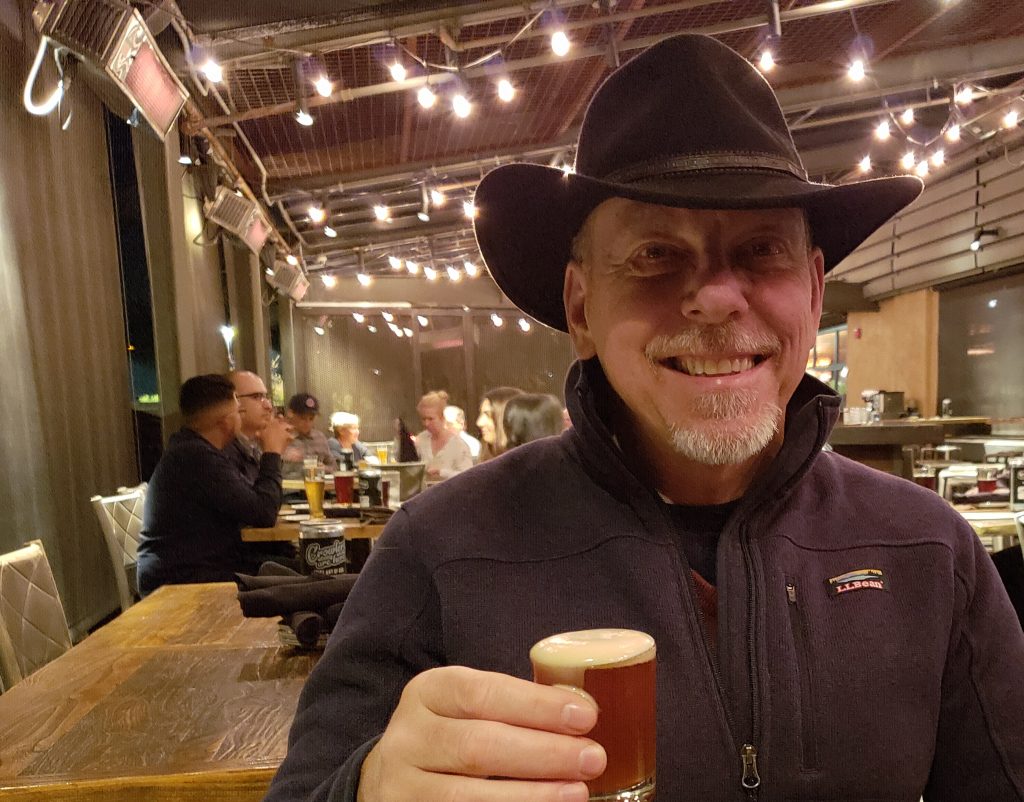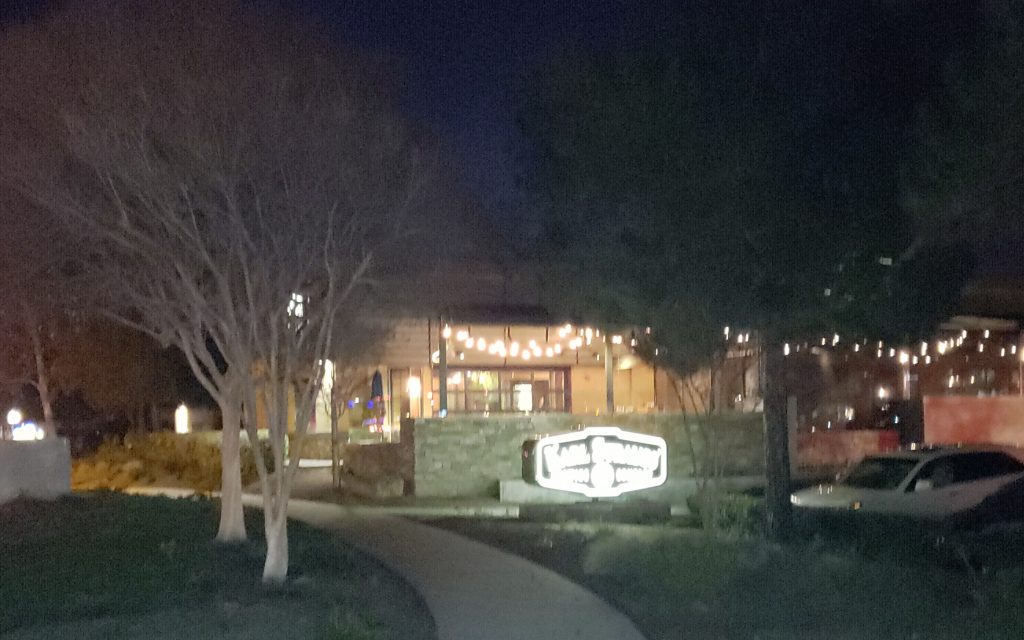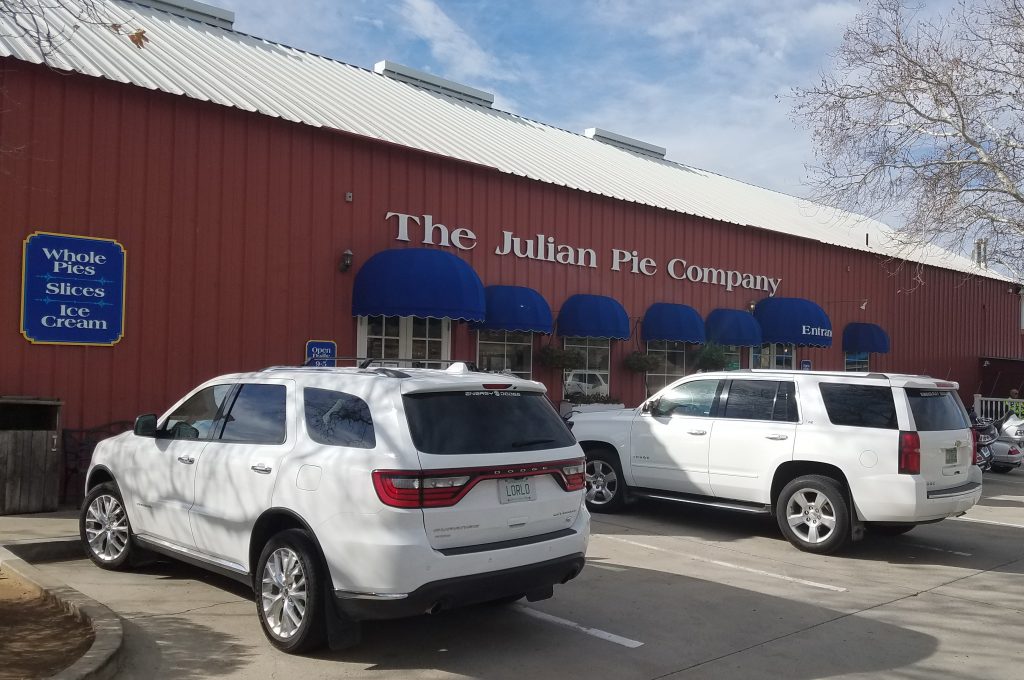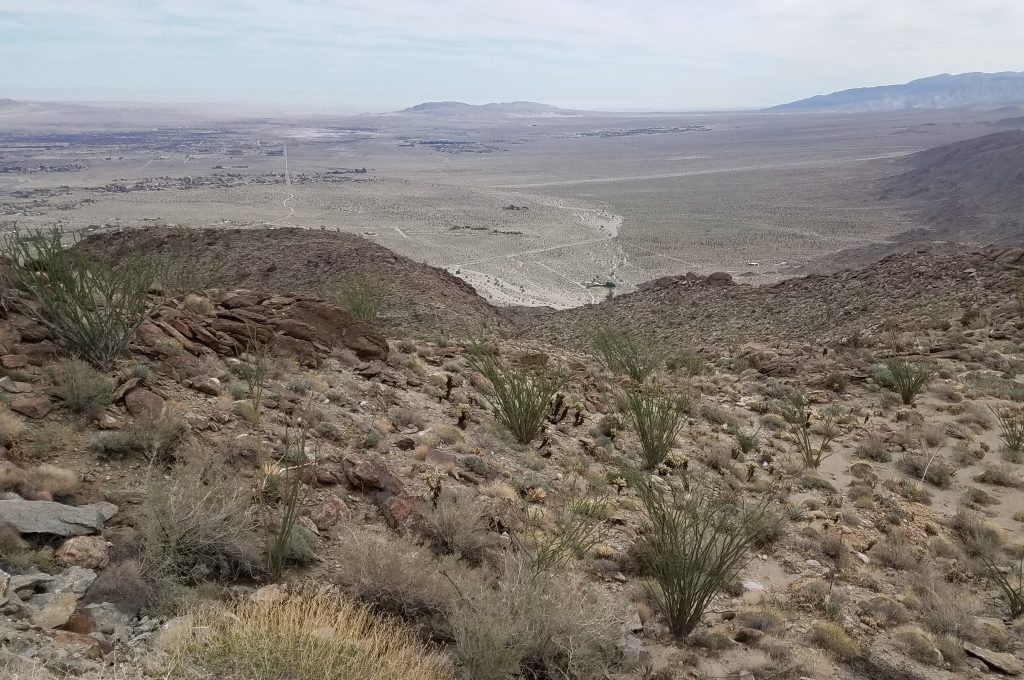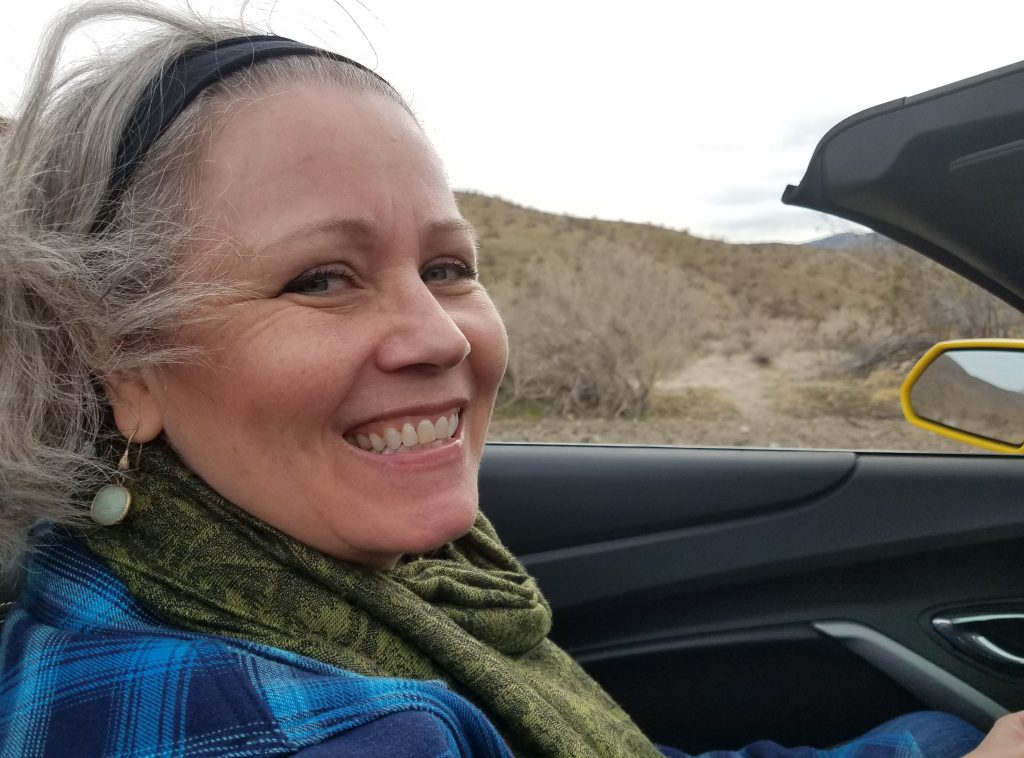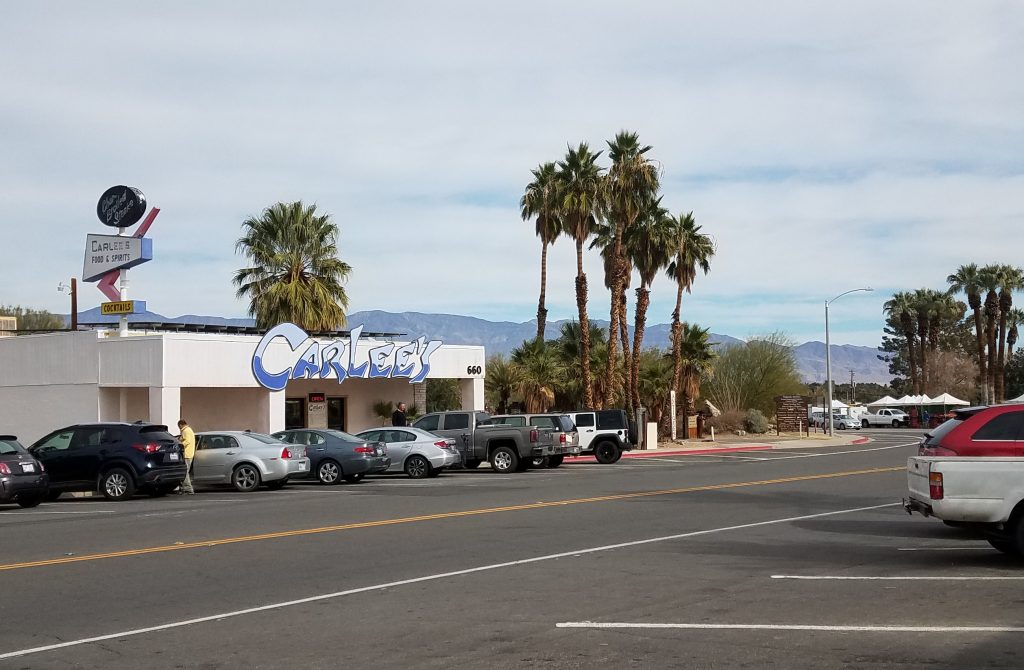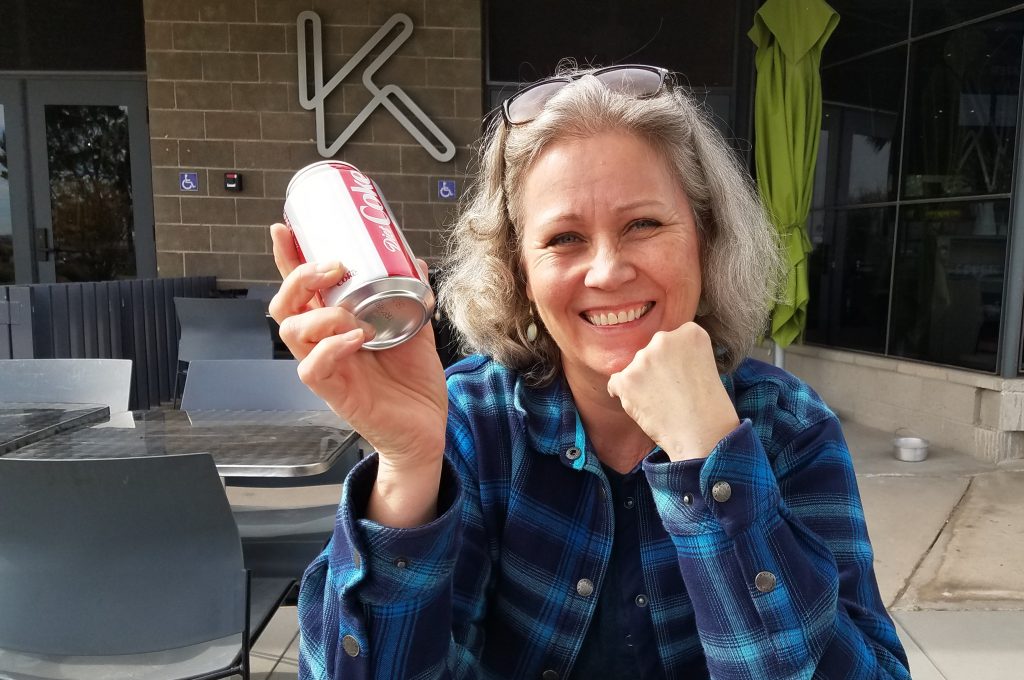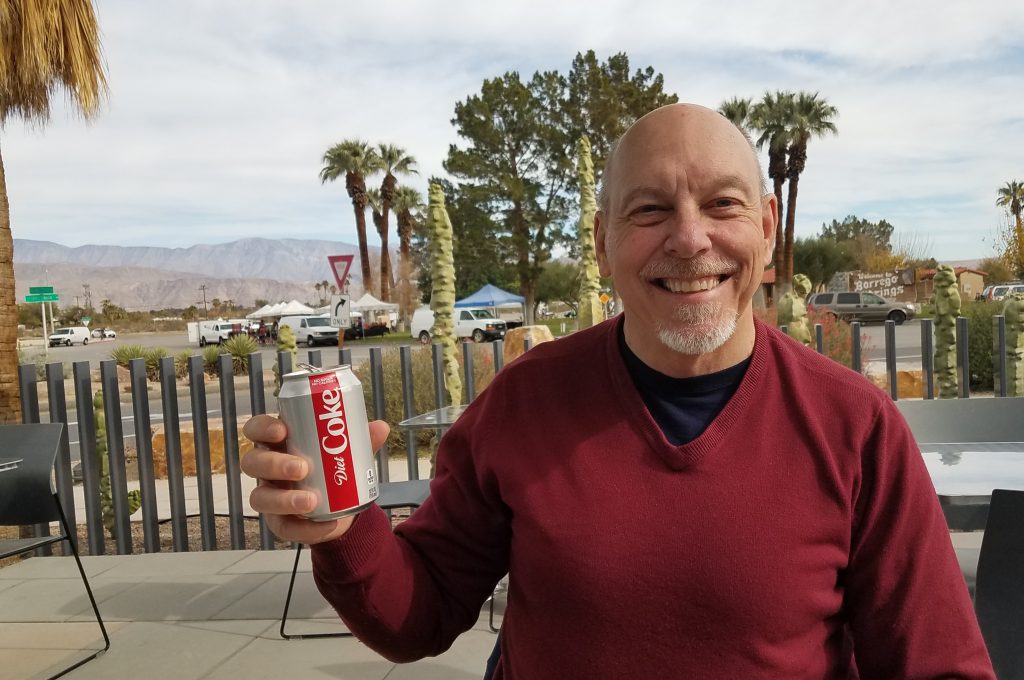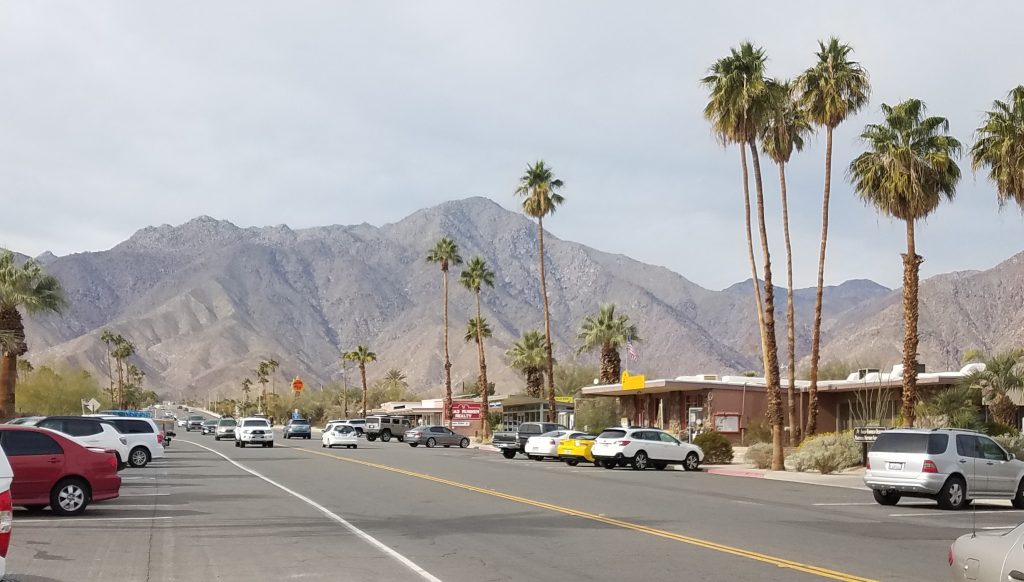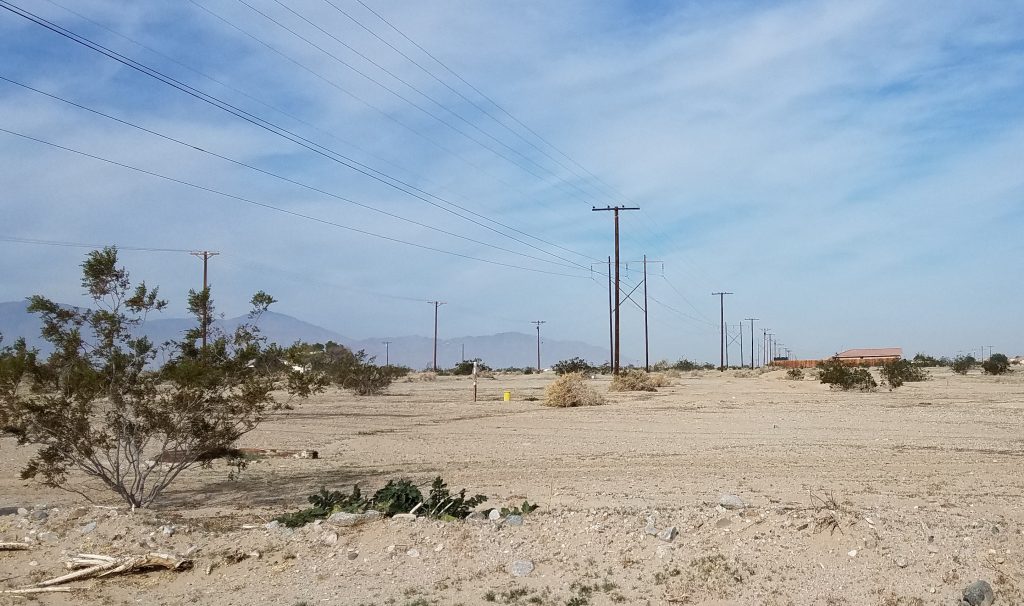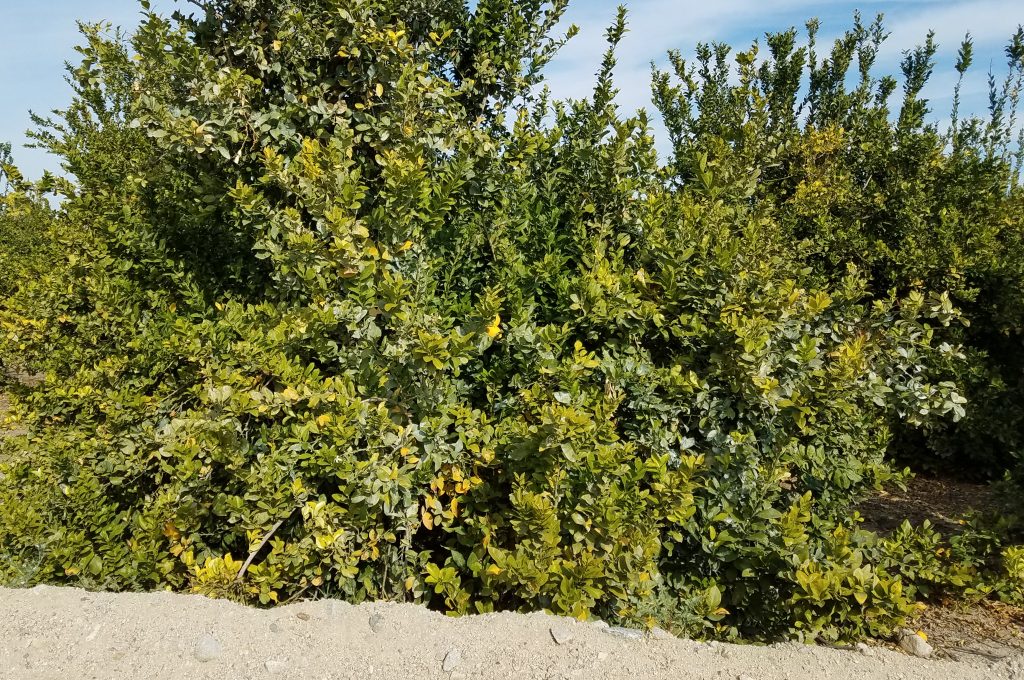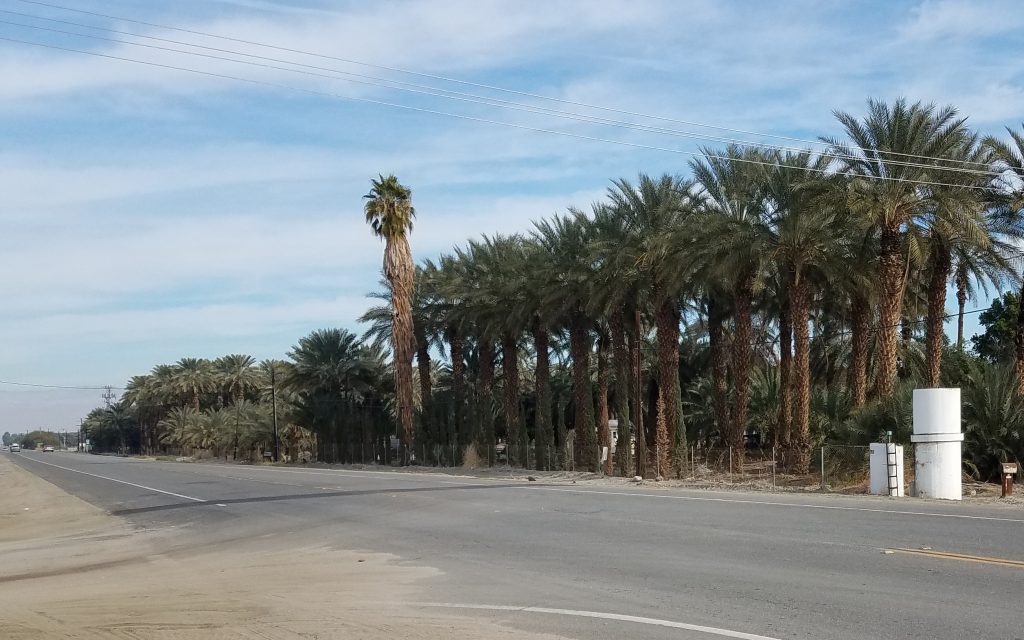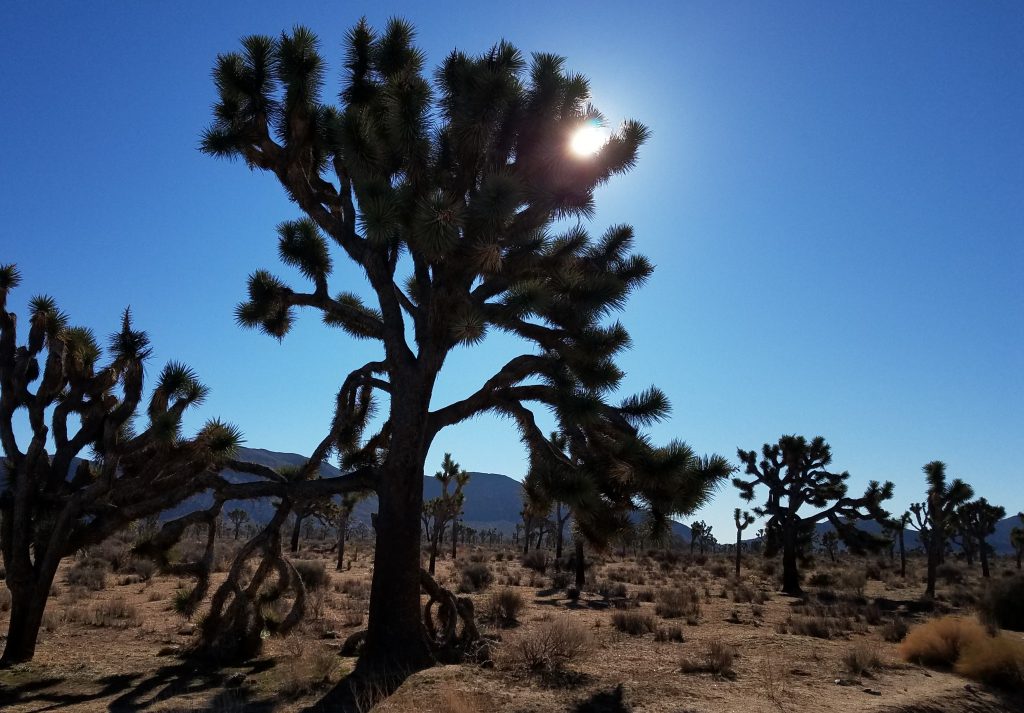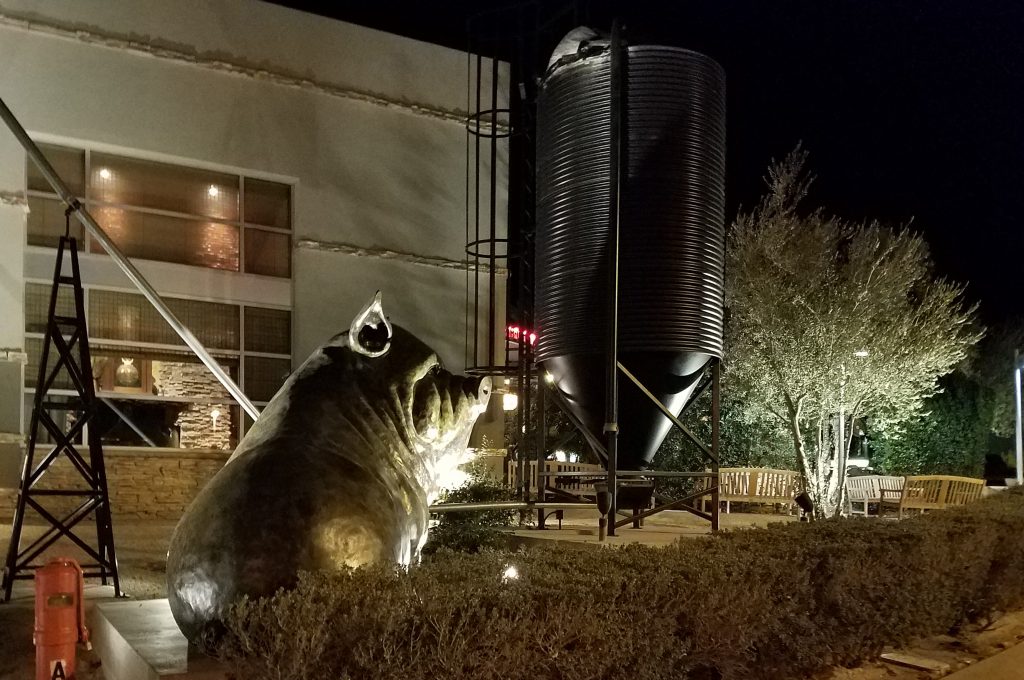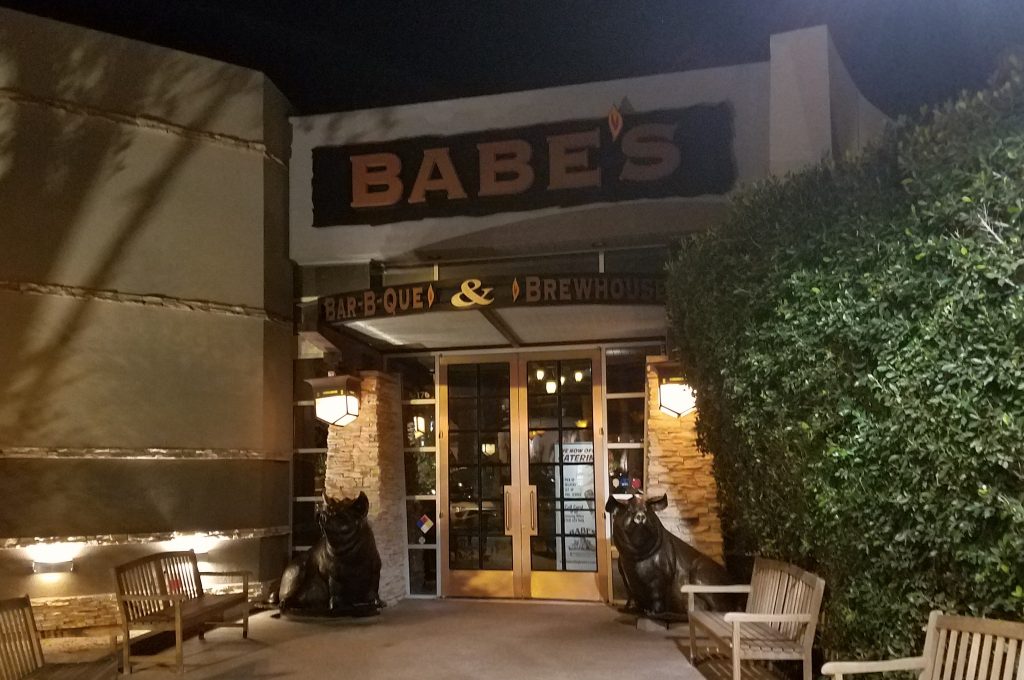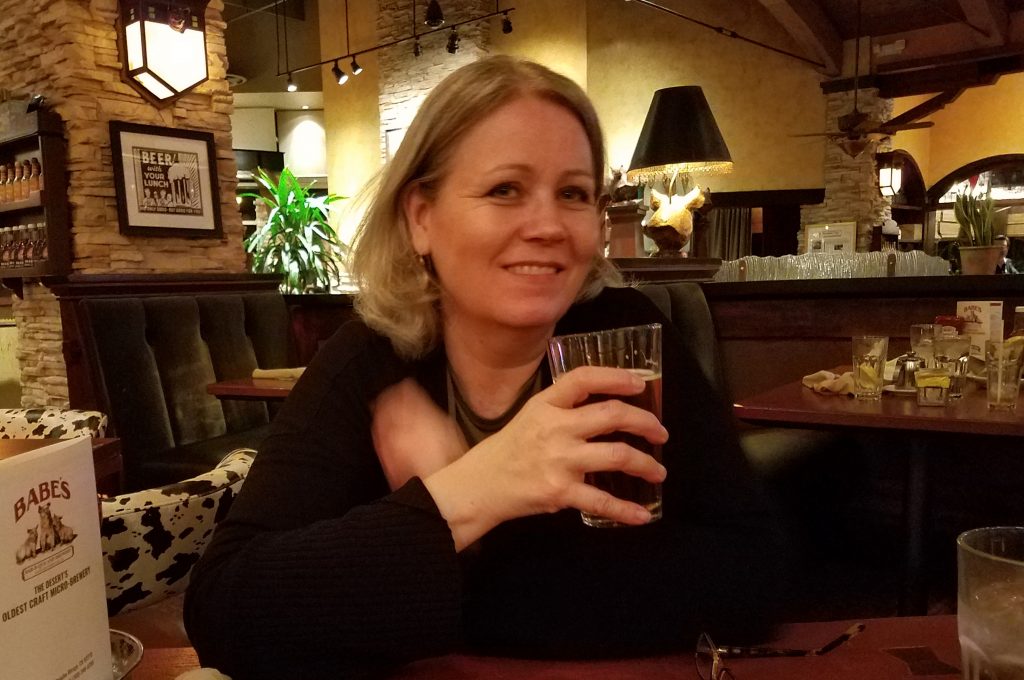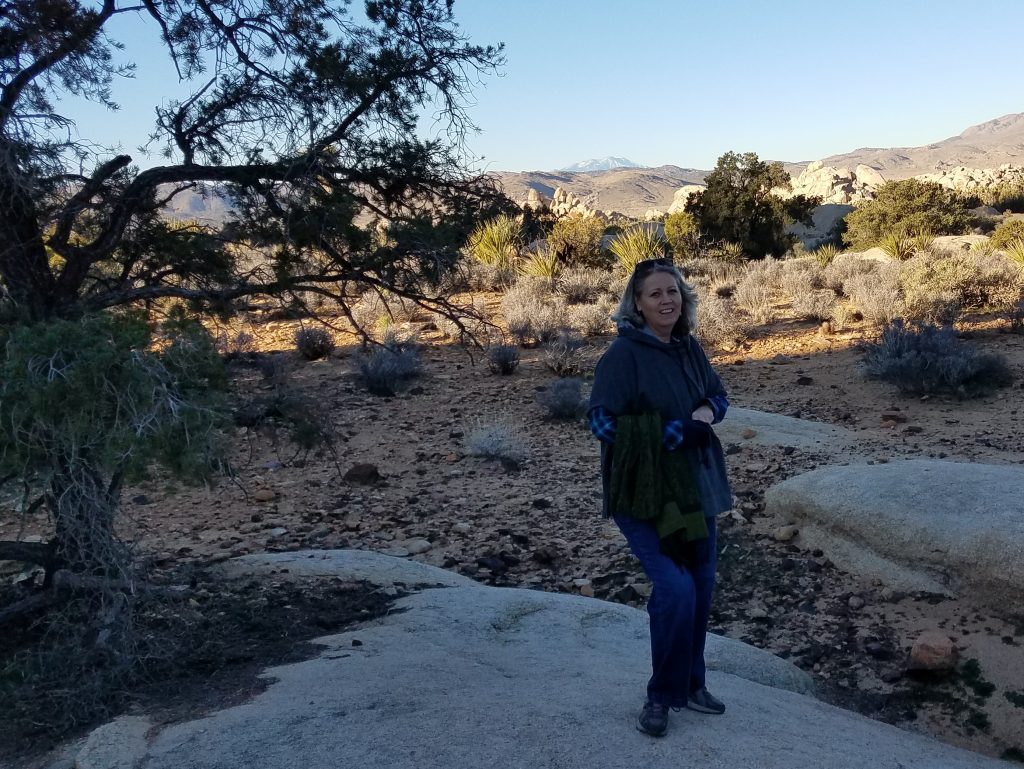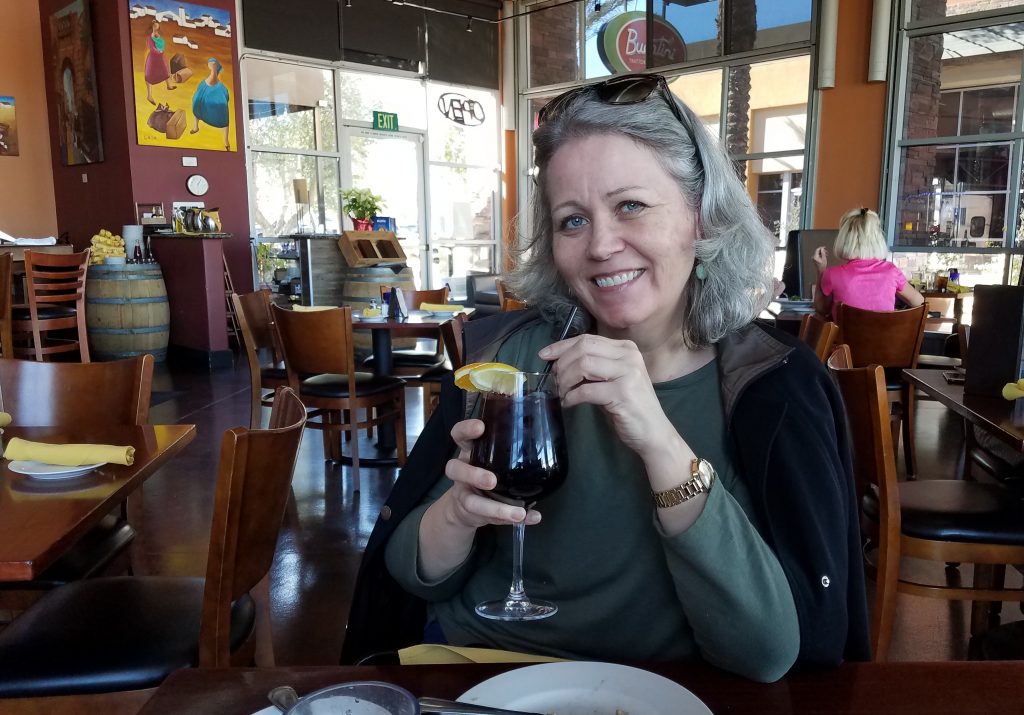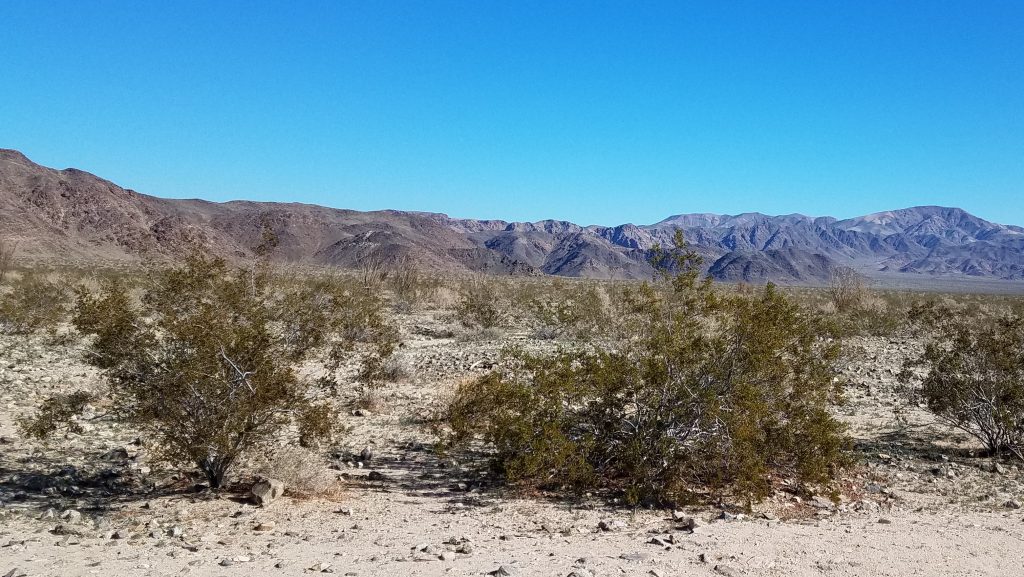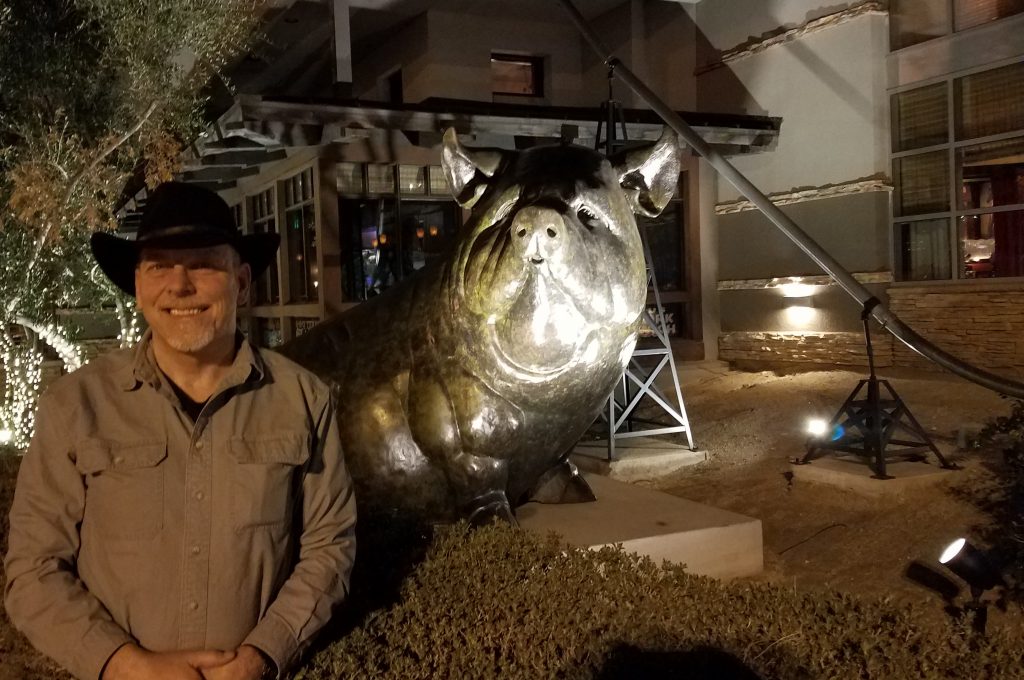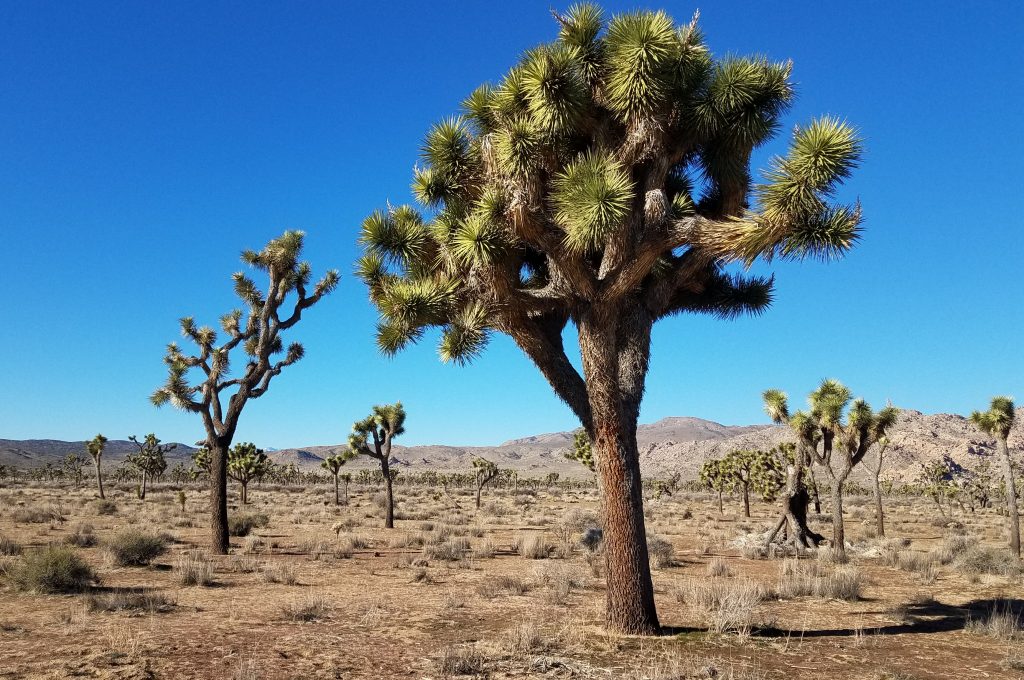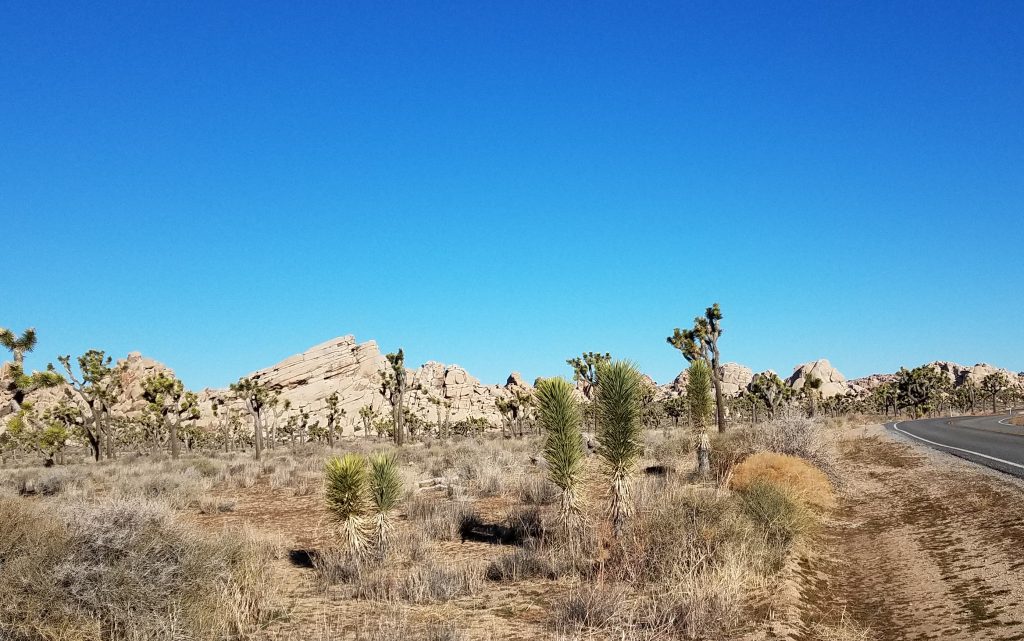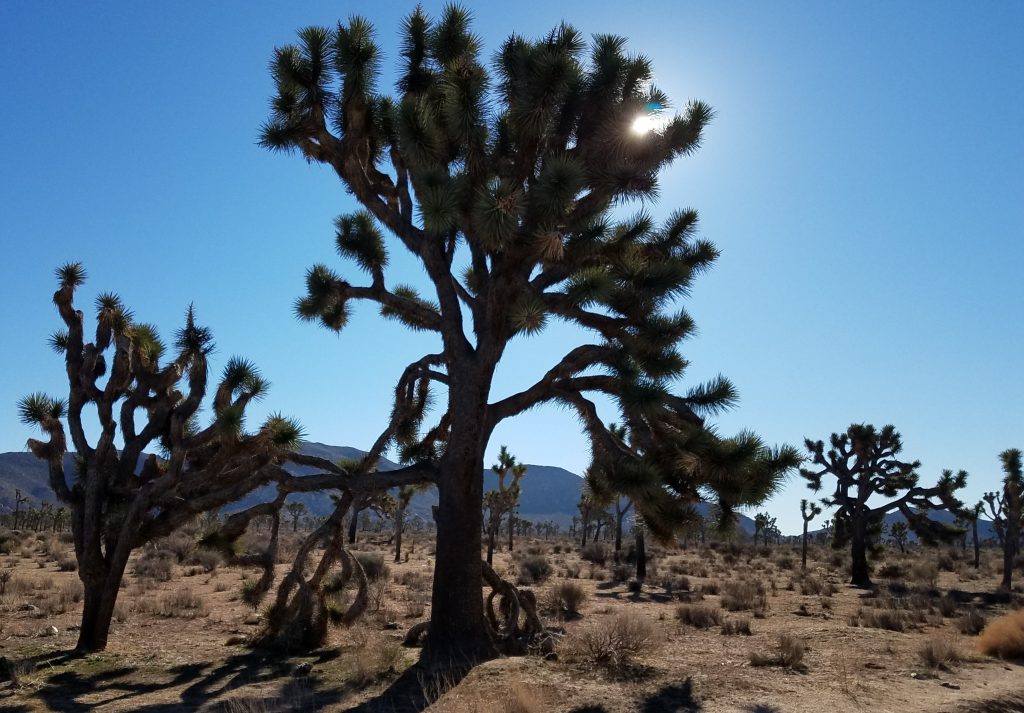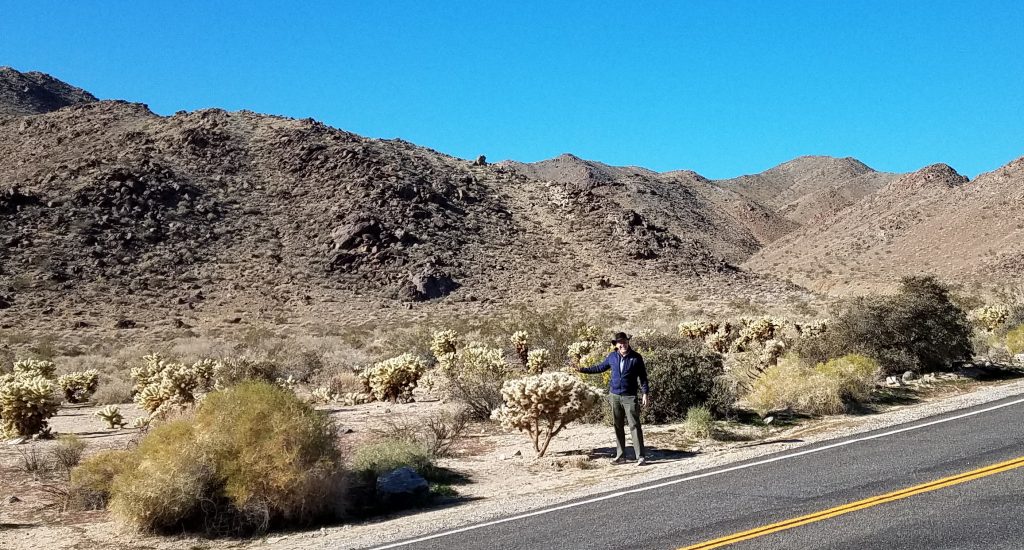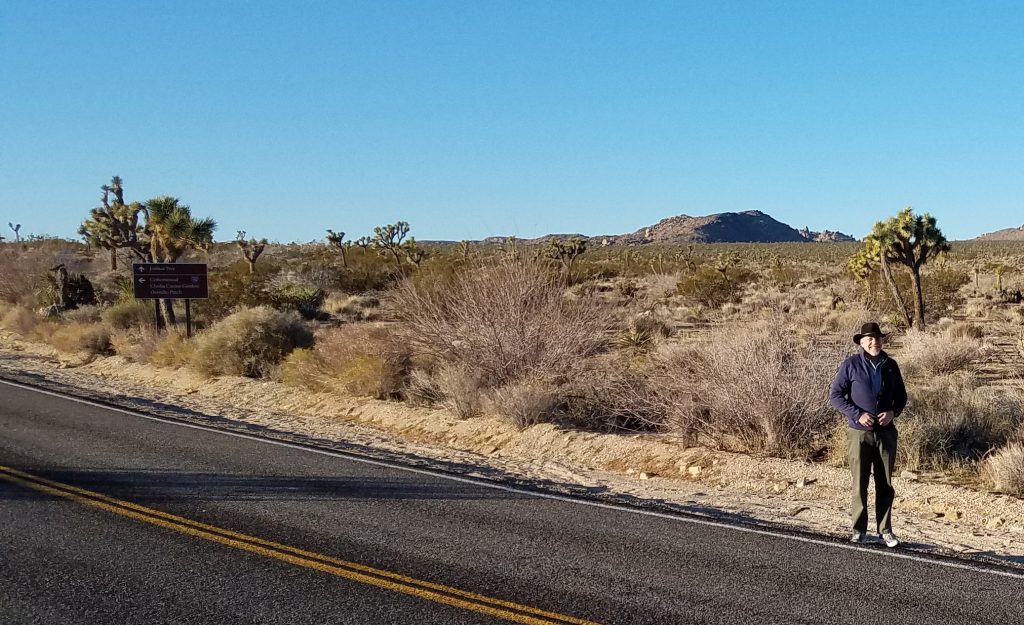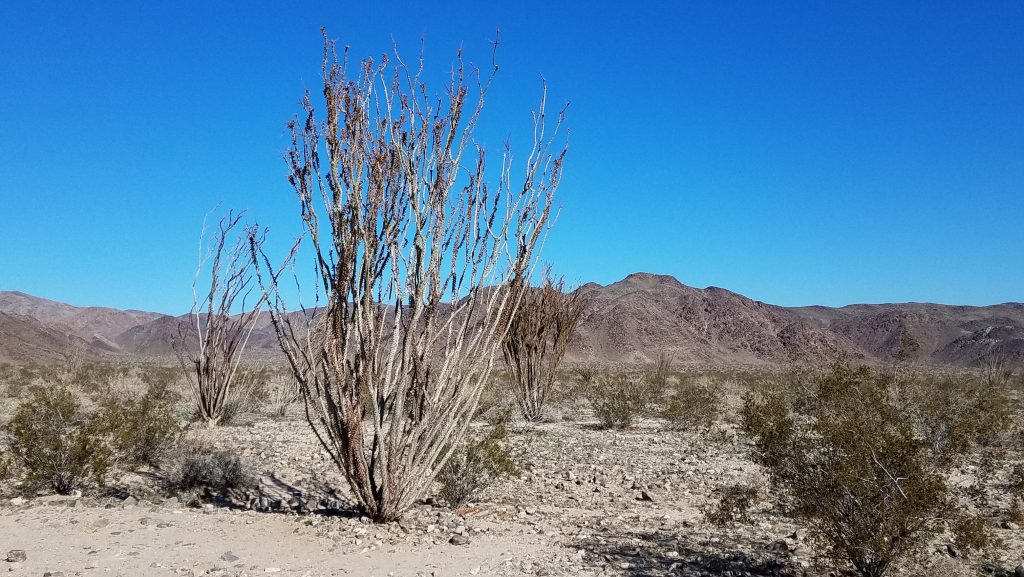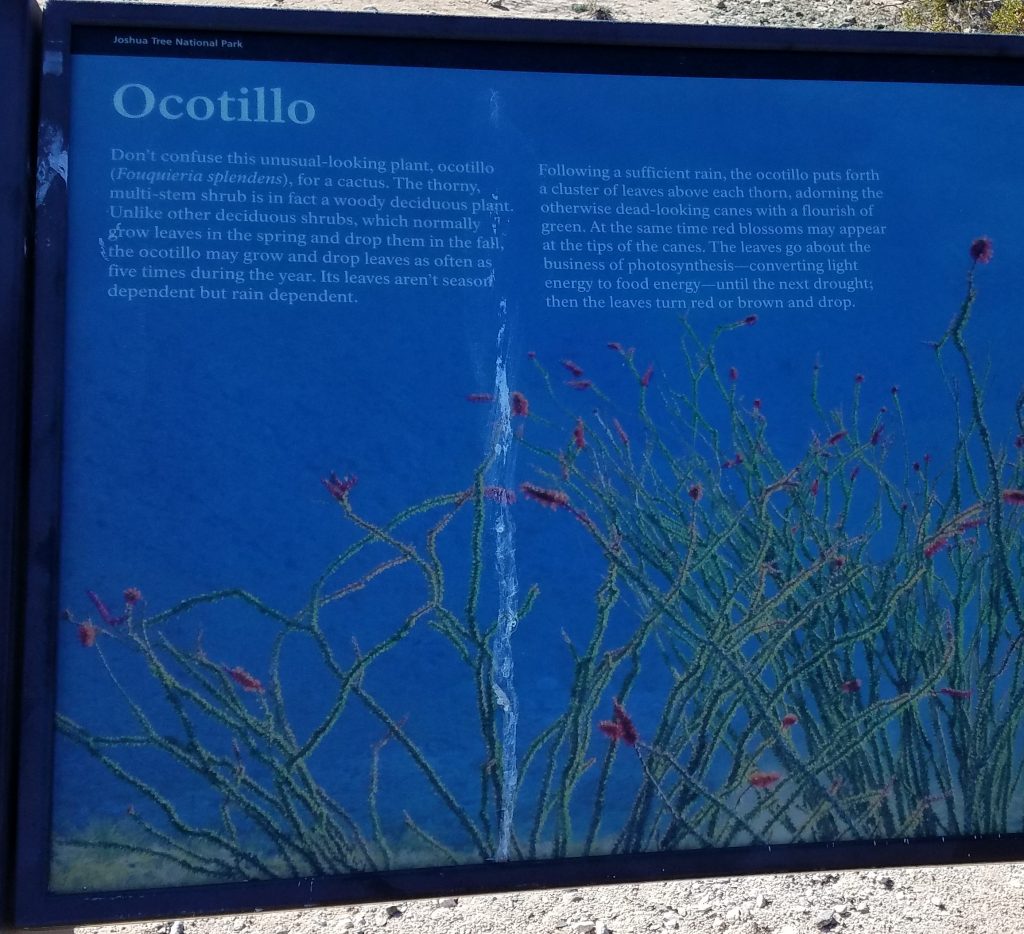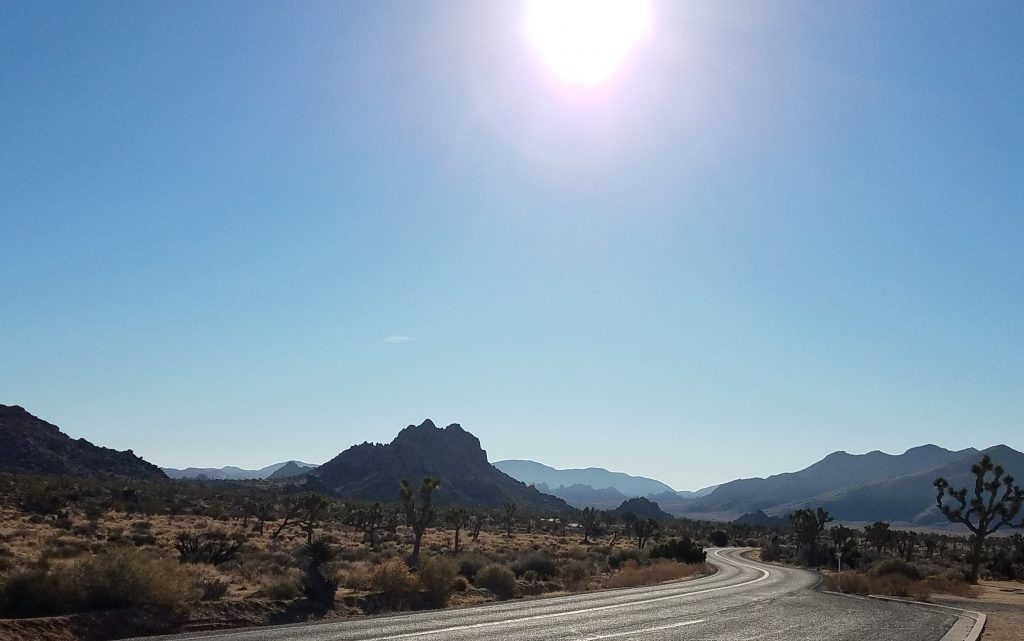Wild hogs are the worst
Wild pigs are the worst, or certainly among the worst invasive species. They can destroy a corn field in one night. They are an especially savage enemies of longleaf pine and are a big factor in its decline in Virginia. Longleaf pine roots are rich in starch. In colonial times, “free range” or feral pigs rooted up and killed young longleaf.
Wild pigs are not present in most of Virginia, but they are serious problems where they are found and in other states. The best way, the only effective way, to deal with wild pigs is to exterminate them. Hunting does not control their numbers. They breed rapidly and you need to kill 70% of the population every year to keep populations under control. The pig is one of our most efficient ways to produce protein and this same factor makes them efficient pests.
Jeffrey Rumbaugh, USDA-APHIS, talked about feral pig management. The bottom line is that any are too many. A challenge is that some people like to hunt them and so introduce them, and they soon get out of hand. That is why we do not want to encourage a hunting culture to develop around them. As it is now, wild pigs are nuisance animals and you can trap or shoot them anytime you see fit. But that is easier said than done. They are cunning animals. The methods and traps that work for a while will not work all the time. Where there is enough open area, they can be shot from helicopters, otherwise it is much harder.
Herbicides safer than ever
Charlie Smyth, Nutrien Solutions talked about herbicides. Herbicides are getting much more precise and you need to use a lot less. At one time, they dusted gallons of the stuff per acre. Now it is down to a few ounces. I dislike using herbicides on my land, but sometimes the alternatives are even less attractive or impossible. Some invasive species just cannot be controlled w/o herbicides. Herbicides may also be the way to help a beneficial ecology to establish or reestablish. An established ecology may then require little or no use of herbicides to maintain it, and that is a good goal for forestry.
It is NOT that herbicides are not safe if properly used. One of the purposes of the forest health conference is to certify pesticide and herbicide users. There is currently a controversy around glyphosate, one of the world’s most widely used herbicides. No evidence is found to think it is harmful. The Canadians recently did a meta study and determined – “No pesticide regulatory authority in the world currently considers glyphosate to be a cancer risk to humans at the levels at which humans are currently exposed. We continue to monitor for new information related to glyphosate, including regulatory actions from other governments, and will take appropriate action if risks of concern to human health or the environment are identified.”
The once and future king of eastern American forests – GMOs give hope
Good news for a future most of us will not live to see is the return of the American chestnut. Nobody (almost nobody) alive today remembers a healthy chestnut forest in its native range, but the records and photographs indicate that it was magnificent. The American chestnut was a keystone species in forests in North America. Its wood provided timber for building our young nation. Its nuts fed wildlife livestock and humans from Canada to Florida. All this ended in just a few decades when an Asian blight swept through our American forests. The blight probably arrived sometime in the last 19th Century, but it was first documented at the Bronx Zoo in 1904.
The blight releases a toxin that kills ends up girdling the tree and killing it. After all the chestnuts are killed, the blight persists in introduced chestnuts and in some oak species. It does not kill these trees, however. But that means the blight is always present, ready to attack new chestnuts trees. No American chestnuts have shown any immunity to the blight. Asia chestnuts are not much harmed by it, and there attempts to cross American and Asian chestnuts has been ongoing for nearly a century. The problem is that they are similar species but not the same. The American chestnut is taller, straighter and just better. Hybrids have been unable to survive well in the wild and they are not the same.
Transgenic research may help solve this problem. The capacity to live with the toxin produced by the blight is common in nature. It is possible – and has been done – to transfer the gene from another plant to chestnuts. These trees are 100% American chestnut save for the addition of this one factor.
GMOs are heavily regulated, and USDA, FDA and EPA all have a piece of this. The transgenic chestnuts are currently passing USDA tests. So far, no differences between the improved chestnuts and other varieties have been found. They have tested the mycorrhizal environment, leaf litter, nuts, flower and nutrient intake, among other things. They have looked for effects on animals like frogs and bees and found nothing. This IS an American chestnut tree. The difference is that it is not killed by the blight.
It is important to note that it is not killed by the blight AND it also does not kill the blight. The gene affect the danger of the toxin produced by the blight, makes it harmless to the tree. This is important because it will not set off the adaptive arms race, i.e. it will not cause the blight to develop resistance to the cure. If the blight could articulate a goal, it is not to kill trees, but to survive. That it still does.
USDA tests will be done in about 18 months. FDA may take another year. It is unknown how long EPA will take to approve. There is even some doubt that EPA should be involved. They regulate pesticides and herbicides. This genetic improvement does not kill anything.
The next steps will not be to plant trees, but to distribute pollen. Scientists want to use the resistant pollen to pollinate trees that came up from root sprouts or were planted by concerned landowners or other scientists. The idea is to make sure there is a lot of genetic diversity. The blight will kill many of the offspring of these crosses, but those that inherit the immunity will survive along with the genetic diversity present in their native home populations. The chestnut range goes from Canada to Florida. There are a lot of different environments in that large area and lots of local adaptations that are likely useful to keep in the gene pool.
So, lots of good news about chestnut trees, with the caveat that they will not become a major forest tree again for 50-100 years. Those of us alive in 2119 can brag that we were present at the creation. We are likely to see American chestnut trees in gardens and maybe along street with the next decade. There are lots of “Chestnut Streets” in American towns. It will be nice if they can have the real things shading the eponymous streets.
Beautiful dark green hemlock groves: we may not soon see their like again
A very sad loss is the beautiful dark green hemlocks that used to shade coves & mountain streams. I still recall my first hike to Old Rag Mountain. The hike started in a hemlock grove. Hemlock groves were dense and so quiet and dark. It was an almost spiritual experience walking among them. They are all gone now, killed by the hemlock wholly adelgid, that showed up from Asia around 1924 and it is eating its way through hemlocks in eastern North America. Scientists think that extreme cold kills them, which may be the good news from Wisconsin and Minnesota. No such salvation in Virginia or the Carolinas.
We have been fighting back with chemical, biological and silvicultural tools, but success is limited. Chemicals work just fine, but they are too expensive to be applied at the landscape level. Scientists have had some limited success with biological controls, but no great breakthroughs.
Genetics might be the best way to go. Transgenic sciences are developing rapidly, and it may soon be possible to enhance hemlocks with using the new science. The adelgid infests hemlocks in its native China but does not kill healthy trees. Western hemlock species seem also to have resistance to the bugs. Our eastern species (eastern and Carolina hemlock) might could be equipped. The usual caveat is the time it takes to grow trees. Eastern hemlocks are not a key forest industry tree, which means that it, unfortunately, may get less attention than a species more commercially valuable. It is, however, extremely valuable as part of forest ecology. It grows in very shady places and has a major role in keeping streams cold, which affects fish populations.
We had a special edition talk about the new disease affecting beech trees around Lake Eire. This is very frightening. They still do not know the cause.


